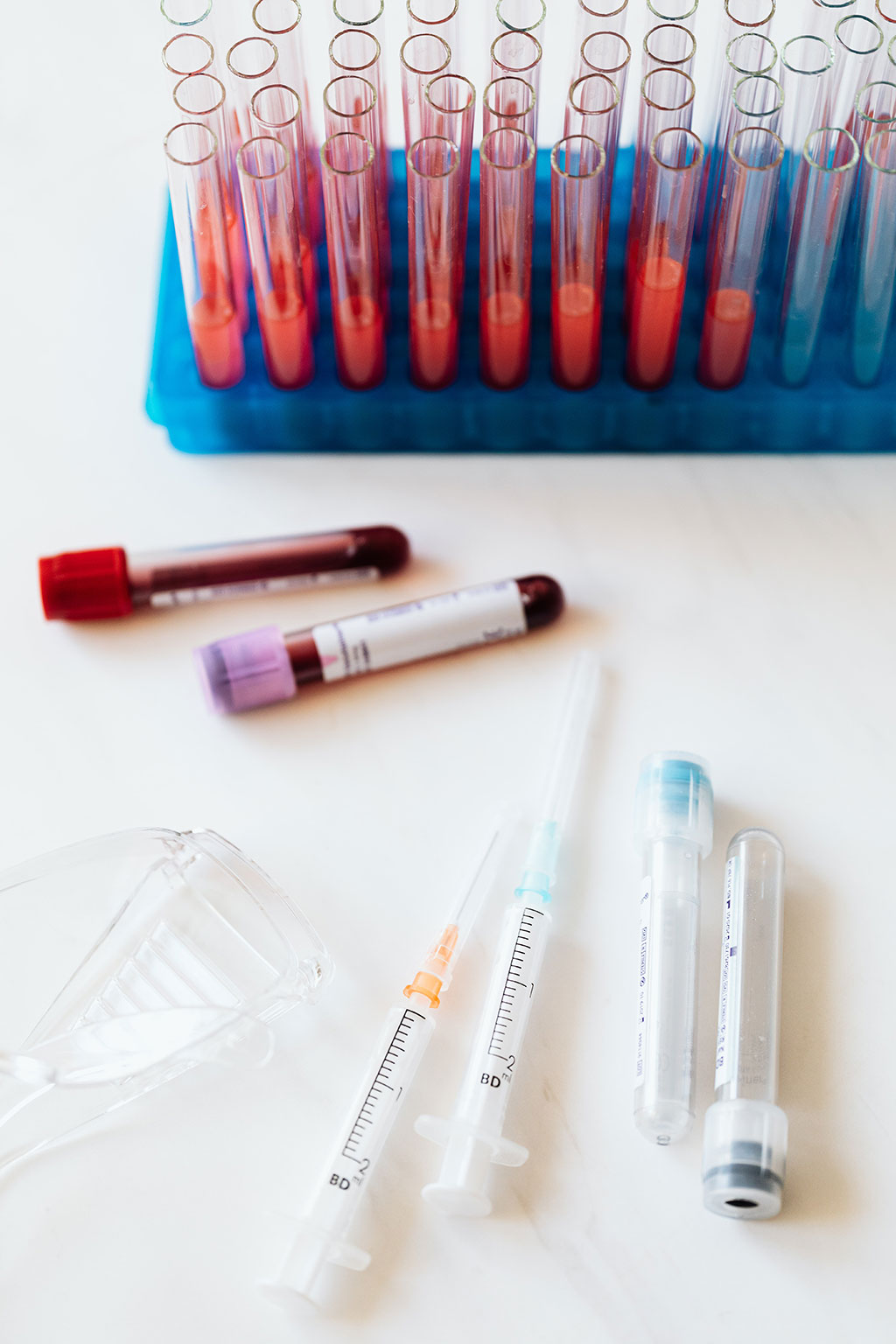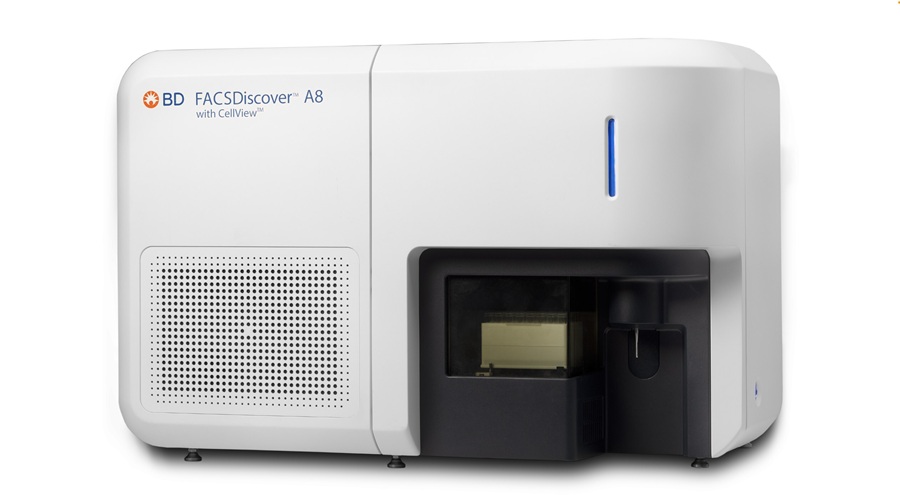Global Blood Collection Devices Market to Reach USD 7.8 Billion by 2026 Due to Increasing Incidence of Infectious Diseases
Posted on 14 Mar 2022
The global blood collection devices market is projected to register a CAGR of 6.0% from USD 5.7 billion in 2021 to USD 7.8 billion by 2026, driven primarily by the increasing incidence of infectious diseases, rising number of accidents & trauma cases, emergence of liquid biopsy tests, and demand for blood donations and blood components. However, the complexities of storage and shipping, and lack of skilled professionals are expected to restrain market growth during the forecast period.
These are the latest findings of Research and Markets (Dublin, Ireland), a market research store.

Based on method, the automated blood collection segment is projected to register a higher CAGR during the forecast period due to the increasing demand for safer procedures and availability of advanced blood collecting products. However, manual blood collection is the most widely used method in the blood collection devices market and is expected to account for the largest share in 2021.
Based on end-user, hospitals, ASCs and nursing homes segment is estimated to account for the largest share of the blood collection devices market in 2021. The increasing incidence of infectious diseases and rise in the number of trauma cases, as well as C-sections and organ transplants, is ensuring demand for blood collection equipment and devices in hospital facilities and expanded capabilities, thereby driving market growth.
Geographically, North America (comprising the US and Canada) is expected to account for the largest share of the global blood collection devices market in 2021, followed by Europe. Factors such as increasing prevalence of lifestyle diseases and rising incidence of blood disorders, better healthcare facilities, and the presence of major manufacturers in the region are stimulating the growth of the blood collection devices market in North America. However, the Asia Pacific market is expected to grow at the highest CAGR during the forecast period.
Related Links:
Research and Markets














